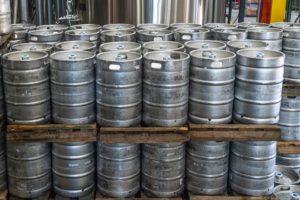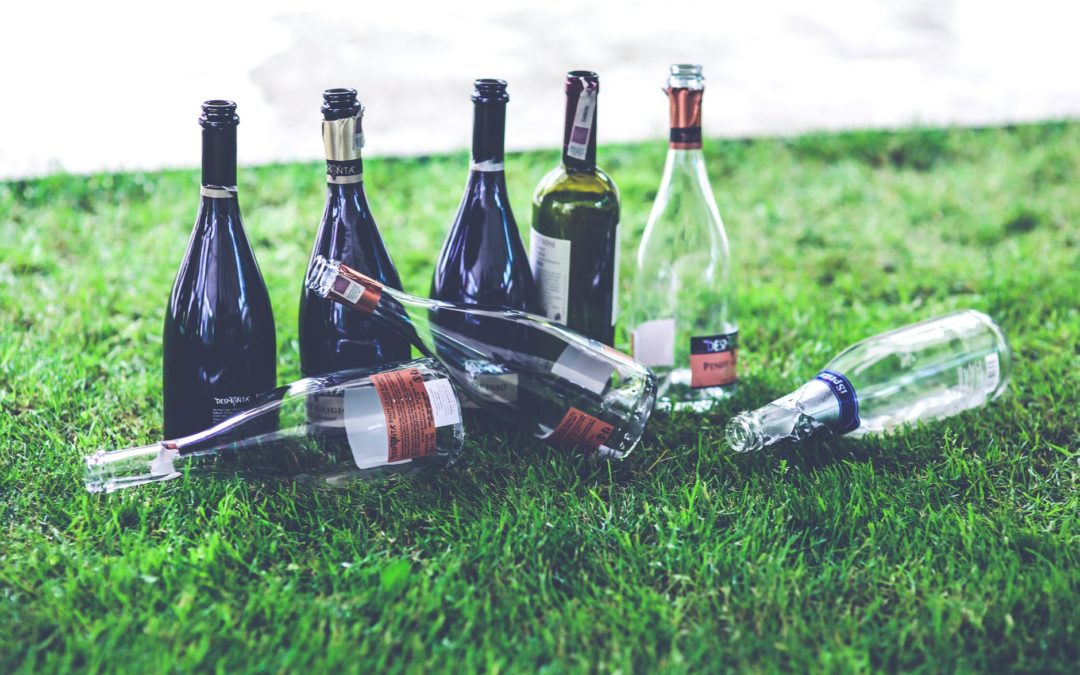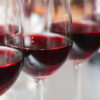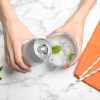Alcohol goes bad, too, but how long does it take before going bad?
You’ve probably heard about the adage that wine gets better with age. Or someone is aging like fine wine. It should be on several occasions, but where does the line get drawn, and what is the truth behind booze going bad? In reality, some alcohols are naturally designed to have incredibly long shelf lives compared to others. Where some will need to be disposed of in a matter of weeks or months, others can remain in your wine rack forever.
Spirits
Providing that your bottle of spirits remains unopened, it should never go bad. We’re talking vodka, gin, or whiskey; they stay in the same state for as long as they’ve not been exposed to oxygen. Unlike beer and wine, spirits are distilled, and hence, they do not undergo any changes in the bottle.
Wine
Wines come in various forms or brands. That makes analyzing their shell life, in general, a bit trickier. Wine experts advise that the ordinary bottles sold at your local wine stores such as the reds, whites, and roses should be consumed within one year of release.
Other than that, the best wine can stay for more than 50 years, depending on their acidity, tannins, and structural makeup. However, the aging process of wine becomes compromised after opening, and therefore, you have less time to consume it before it expires.
Liqueurs
The difference between liqueurs and spirits is that the former are distilled spirits with added fruit, herb, spice, or cream flavors. Some of them are manufactured to have pretty long shelf lives before opening but expire a lot faster than ordinary spirits thanks to their higher sugar content. It is recommended that liqueurs should be consumed within four months of opening and stored somewhere between 55 and 60 degrees Fahrenheit.
Fortified wines
The flavor of fortified wine goes down quickly after opening, and so does its aromatics. Given, these are wines with additional flavors, their shelf lives are extremely short compared to ordinary wines. The mode of storage after opening, also becomes a substantial factor. Fortified wines must be stored at between 55 and 60 degrees Fahrenheit, and consumed within a fortnight, to maintain the highest level of freshness. They must also be tightly capped at all times.
Beer
 Depending on the beer type, some, like wine, can become better or spoil by aging. Where malt-based, high-alcohol, and barrel-aged beers develop complex natural flavors as they age, others like pale ales and IPAs degrade and lose their taste quickly. Besides, warm beer ages faster than a refrigerated one as cooler temperatures retain its natural fresh taste and keep the ingredients in their natural form.
Depending on the beer type, some, like wine, can become better or spoil by aging. Where malt-based, high-alcohol, and barrel-aged beers develop complex natural flavors as they age, others like pale ales and IPAs degrade and lose their taste quickly. Besides, warm beer ages faster than a refrigerated one as cooler temperatures retain its natural fresh taste and keep the ingredients in their natural form.
There you have it
The ‘sell-by date’ label at the base or top of your alcohol bottle is only a mandatory requirement that you cannot fully endorse. Whatever you’re fond of taking, ensure that you fully understand the storage details to not only ascertain the safety of your drink but also to retain its fresh taste.




